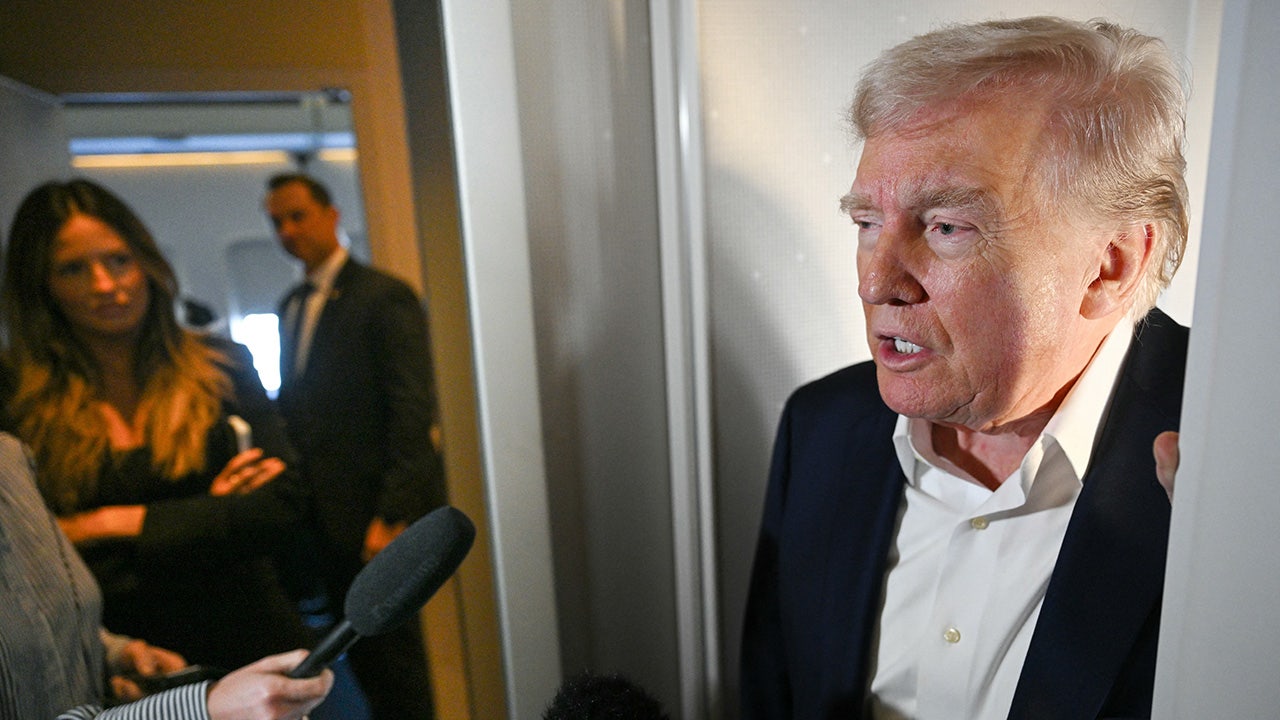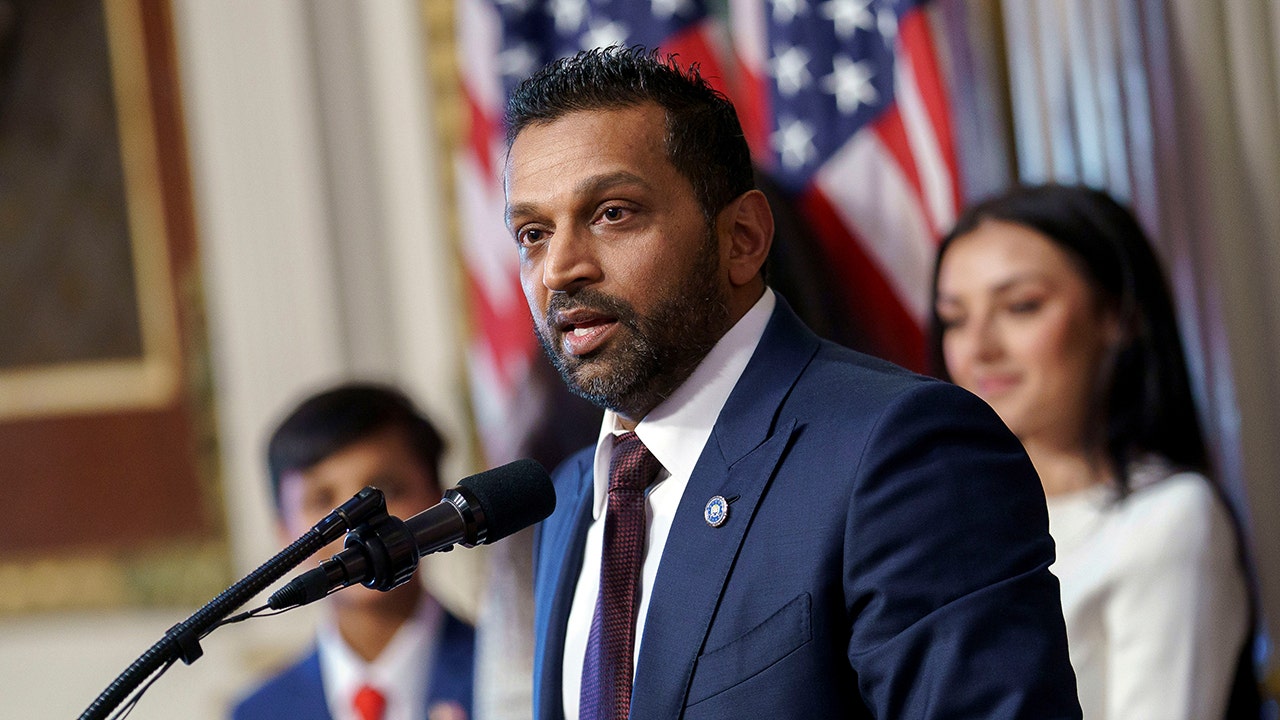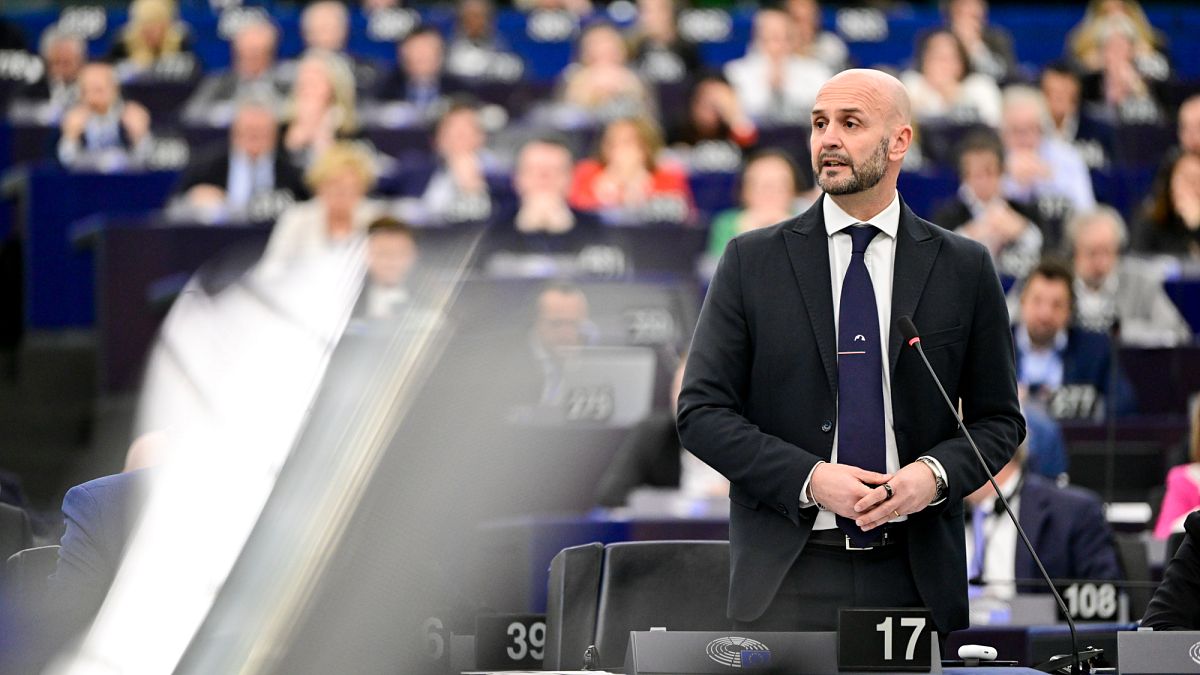Standard Chartered has announced a $1.5bn share buyback, its biggest ever, after pre-tax profits rose in the second quarter.
The UK-based bank on Tuesday reported pre-tax profits of $1.6bn during the quarter, up from $1.5bn a year earlier and above analysts’ estimates of $1.5bn.
Growth was driven partly by the bank’s wealth business, which caters to affluent clients, where operating income rose 27 per cent.
The bank’s chief executive Bill Winters said it was a “strong set of results” and he had “confidence in our performance and robust capital position”.
The emerging markets-focused bank, which makes most of its money in Asia, has been under pressure to improve shareholder returns and previously pledged billions of dollars worth of share buybacks as well as higher dividends.
Winters, who has run StanChart since 2015, has sought to cut costs and respond to criticism that the bank is too bureaucratic and spreads itself too thinly across a range of countries, products and clients. He said in February that he took those challenges “to heart”.
Operating expenses rose 4 per cent on a constant currency basis, which the bank said was driven by inflation and business growth.
StanChart’s shares have risen since the start of this year but are down 17 per cent since Winters took the helm.
The bank’s reported return on tangible equity, a key measure of profitability, was 10.4 per cent for the quarter, down from 10.8 per cent a year earlier.
Reported net interest income fell to $1.6bn in the second quarter, from $2bn the same time last year, as the benefit from higher interest rates tailed off.
The bank took total credit impairment charges of $73mn in the second quarter, linked partly to its wealth and retail banking business.
StanChart has previously been hit by its exposure to mainland China, one of its most important markets, taking impairment charges relating to commercial property in the country and its stake in China Bohai Bank.


























